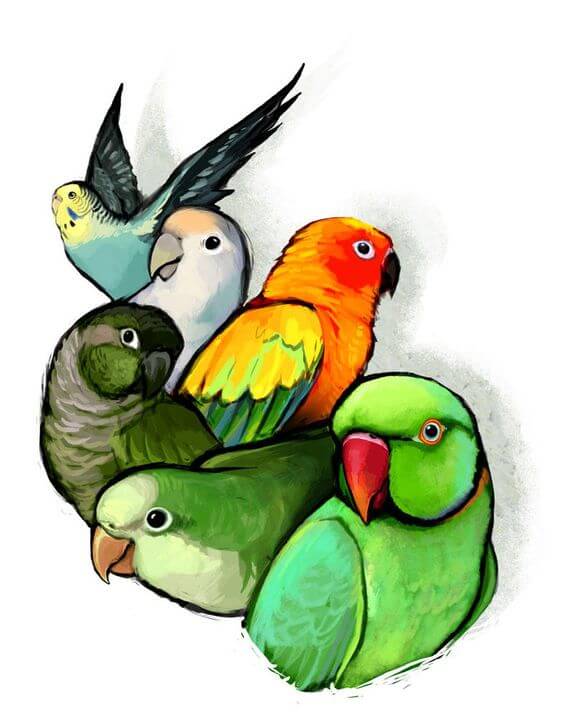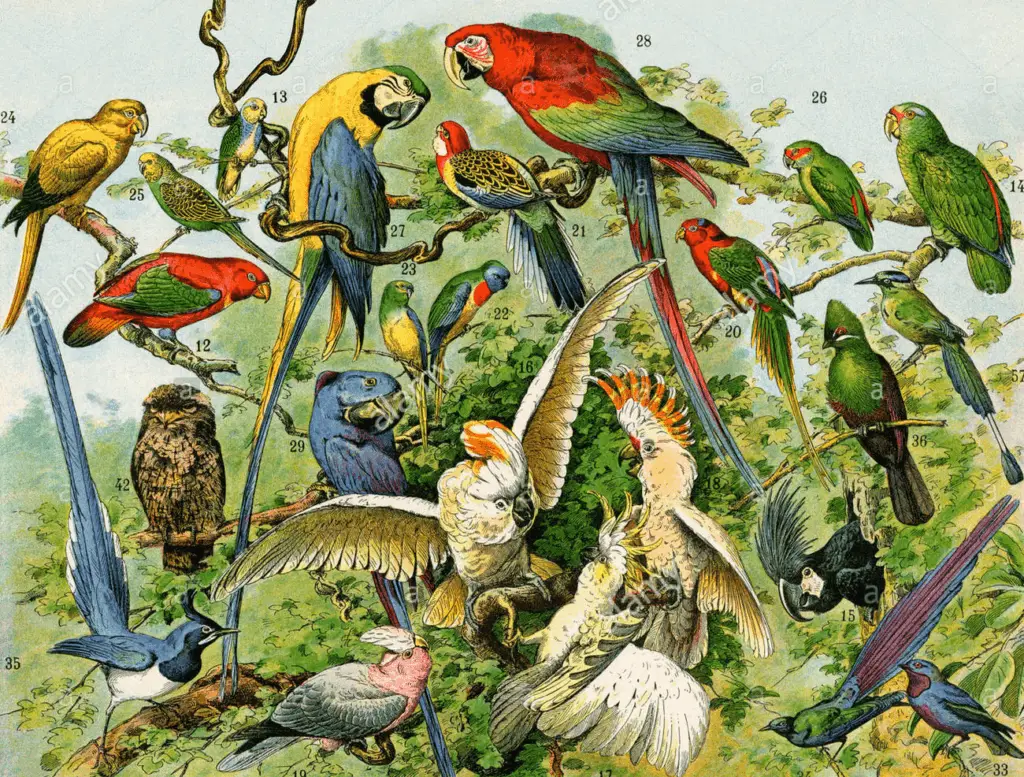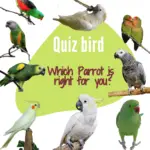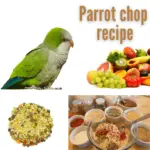
Psittaciformes, all have the existence of a hooked beak and a zygodactyl position of the fingers. We find Psittacidae species such as parakeets, parrots, cockatoo, lories, Conure Species, Lovebird Species, Lovebird Species, African Grey Species, etc. they are an integral part of New Pets (NAC) which are increasingly confronted by veterinary practitioners. In France, for twenty years, there is a growing number of NACs presented to veterinary clients; as a result of a growing craze of owners for these evocative animals of exoticism and originality.
Psittaciformes Birds Species
The order Psittaciformes includes many species of birds
Faced with this increase, the practicing veterinarian is now forced to adapt to this new class of pets, whose approach and medicine are revealed sometimes quite far from dogs and cats. Faced with this demand, more and more veterinarians today specialize in NAC medicine, or even sometimes in a single category of animals, such as avian medicine.
Geriatrics is the medical discipline that studies aging and the diseases of individuals aged. As far as avian medicine is concerned, this discipline has until now been quite neglected. Indeed, the lack of knowledge on the part of owners and veterinarians concerning the needs of these species and associated diseases did not allow these birds to reach the geriatric status.
This knowledge has developed with the increase of the clientele, the longevity of Psittaciformes has improved. The incidence of specific diseases in older individuals is thus increased, allowing today the expansion of this discipline.
Psittaciformes Definition
In older Psittaciformes, there are many diseases common to aged mammals, directly related to the processes of organic degeneration. We note, however, the existence of diseases of their own, often linked to poor living conditions in captivity.
The purpose of this work is to provide veterinarians who may be confronted with older psittaciform, the knowledge necessary for them to take charge correctly this animal.
The first part presents the Psittaciformes commonly encountered in veterinary patients as well as their anatomical, physiological and behavioral particularities. The second chapter is devoted to the aging of these animals.
The following sections deal with diseases encountered in geriatric Psittaciformes; first of all, those related to organic degeneration, then in a second time, those related to life in captivity. Finally, the consultation and management of the older animal as well as the prevention of diseases related to life in captivity will be addressed in the last part of this work.
Psittaciformes Birds Species
The order Psittaciformes includes many species of birds

What does Psittaciformes mean?
Definition and classification of Psittaciformes
1) Psittaciformes Species Definition
Psittaciformes corresponds to a sequence of birds as Cockatoos, Amazons Parrots, Lorikeets, Macaws, Parakeets, to which many bird species such as parakeets, parrots, cockatoos, lorises, conures, etc.
They are distinguished by certain characteristics they share among themselves:
Head: massive and supported by a short and stocky neck.
Beak: short, hooked, and very powerful. He is used as a third member of the locomotion. The bottom part (mandible) smaller fits into the part superior (maxilla) at rest. The beak is connected to the skull by a diarthrosis (articulation synovial), which is unique among birds. Some muscles associated with the mandible are present only in Psittaciformes.
Wax: keratin band present at the base of the upper mandible, surrounding the nostrils.
Vocalize powerful cries for communication and cohesion of colonies.
Vision: mononuclear, each eye returns an image independent of the other, allowing a very wide field of vision.
2) Psittaciformes Species Classification
Figure 1 shows in a synthetic way the place of the order Psittaciformes in the classification.

The branching of the Chordés (Cordata), characterized by the presence of a notochord cartilaginous lamina of mesodermal origin located dorsally between the neural tube and the digestive tract), a nervous system in the dorsal position, a circulatory system provided by a heart and a pharynx.
Subphylum Vertebrata (Vertebrata), which has a spine composed of vertebrae that protect the trunk portion of the central nervous system.
The super-class Tetrapoda (Tetrapoda), characterized by the presence of two pairs of chiridian limbs divided into three parts.
The class of Birds (Aves), are distinguished by a body covered with feathers, a horny beak without teeth, hind limbs corresponding to legs, and forelimbs corresponding to wings allowing most of them to fly.
The superorder Neognath (Neognathae) possesses a keel bone.

The taxonomy of birds is a complex area that continues to evolve over time, thanks to the contribution of new knowledge. Still today, no classification makes unanimity and it is not uncommon to find great differences depending on the authors.
The”World Bird List” lists all species and subspecies existing birds, as well as those recently extinct. It is updated by the team Editorial Board of the International Ornithologists Community (IOC) four times a year take into account the change of names or of classifications from study ornithological or genomic species, newly discovered species, and nomenclature.
The phylogenetic tree illustrating this list is made by Dr. Boyd. His work relies on the latest publications on phylogeny and species taxonomy existing and extinct birds. The current classification divides the order Psittaciformes into four families:

Family Stigopidae: two genera and four species. These species are all native to New Zealand.
The Nestor genus to which Nestor kea (Nestor notabilis) belongs and the Nestor superb (Nestor meridionalis) .
Another species of this kind is now extinct, the Nestor of Norfolk (Nestor products).
The genus Strigops to which belongs the strips kakapo (Strigops habroptila) is the only Psittaciformes unable to fly, its wings being too short compared to its size.




















